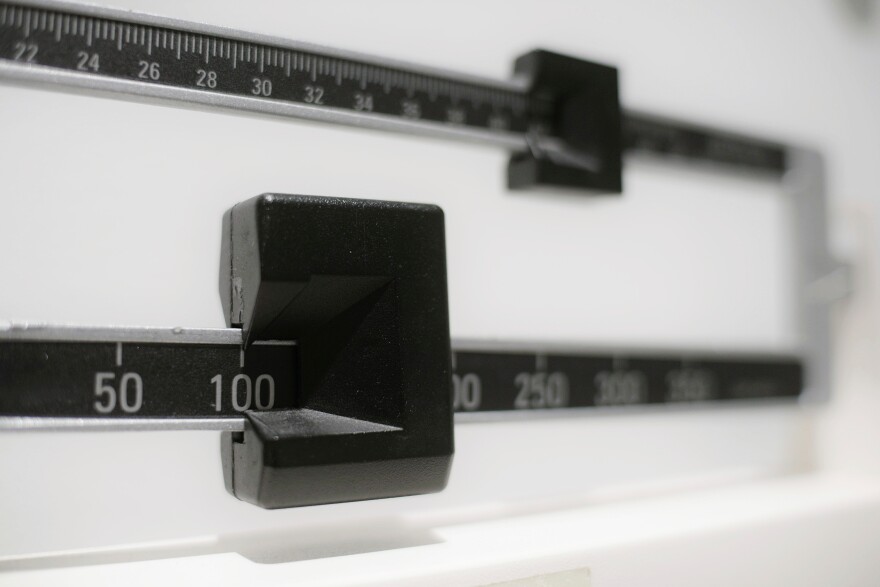A new report says more than a quarter of a million of New York residents aged 10 to 17 are obese.
The Robert Wood Johnson Foundation report, State of Childhood Obesity: Helping All Children Grow up Health, finds that the New York State obesity rate stands at 14.4% in young people ages 10 to 17.
Caitlin O’Brien, government relations director of the American Heart Association in New York State, finds the survey results disturbing. "This is information found in the national survey of children's health, and what we see is that there's an alarming epidemic of childhood obesity in the state of New York, about 267,000 people, a bit more than that, in kids essentially ages 10 through 17, have obesity and this is really alarming when you think about it, because what we're seeing is kids who are being set up for a lifetime of suffering from chronic diseases. We know that childhood obesity increases your risk of heart disease and stroke, which are the nation's number one and number five causes of mortality nationwide, and it also increases your risk of diabetes, certain cancers. So it's really something that we know we have a problem with and now it's time for the state to take action."
Interactive Data: Explore the findings and the latest trends from major surveys that track rates at the national and state level, including the National Health and Nutrition Examination Survey, the WIC Participant and Program Characteristics Survey, and the Youth Risk Behavior Surveillance System.
The report raises concerns about disparities in obesity rates related to race and income: black and Hispanic youth had obesity rates of 22.2% and 19%, respectively, about double that of white youth, (11.8%), with Asian youth less likely to be obese at 7.3%.
Executive Director Kevin Jobin-Davis says a Healthy Capital District Initiative survey found local disparities. "38% of black non-Hispanics are obese versus 28% of white non-Hispanics to a lesser degree, low-income residents of the region are more obese with about 3% more residents earning below $25,000 a year being obese."
An earlier survey funded by the Johnson Foundation found New York State's obesity problem affects people of all ages. John Auerbach is president and CEO of Trust for America’s Health: "What we've learned is that levels of obesity are highly correlated with the conditions in people's lives. If you're poorer, you're more likely to be overweight or obese. And that has to do with the availability within your community to buy healthful foods or to have a safe, easy location nearby to exercise. And sometimes it means there's long distances people have to travel if they want to eat healthy foods. Schools in lower-income neighborhoods are often less likely to have the nutritional options that schools in well-resourced communities have."
O'Brien says there are several ways agencies and governments can help people at the community level improve their overall health. "Things like educating people on why sugary drinks are so bad, right? And that it's not just sodas that are dangerous, that can lead to obesity, it's sports drinks, juices that have a ton of added sugar. There's also policies that we can do, like improving school wellness policies throughout the state. So supporting the Healthy, Hunger-Free Kids Act, and help school districts implement better and stronger school nutrition policies that includes physical education, physical activity, school marketing programs, all that can really go a long way and teaching kids how to be healthy at a young age and really helping fight off childhood obesity."
New York has the ninth lowest adult obesity rate in the nation, and the 25th highest obesity rate for youth ages 10 to 17. New York's adult obesity rate is currently 27.6%, up from 17.1% in 2000 and from 9.3% in 1990.
Connecticut has the seventh lowest adult obesity rate in the nation, and the eighth lowest obesity rate for youth ages 10 to 17. Connecticut's adult obesity rate is currently 27.4%, up from 16% in 2000 and from 10.4% in 1990.
Vermont has the eighth lowest adult obesity rate in the nation, and the 13th lowest obesity rate for youth ages 10 to 17. Vermont's adult obesity rate is currently 27.5%, up from 17.0% in 2000 and from 10.7% in 1990.
Massachusetts has the fourth lowest adult obesity rate in the nation, and the 27th highest obesity rate for youth ages 10 to 17. Massachusetts's adult obesity rate is currently 25.7%, up from 15.3% in 2000 and from 10.1% in 1990.

